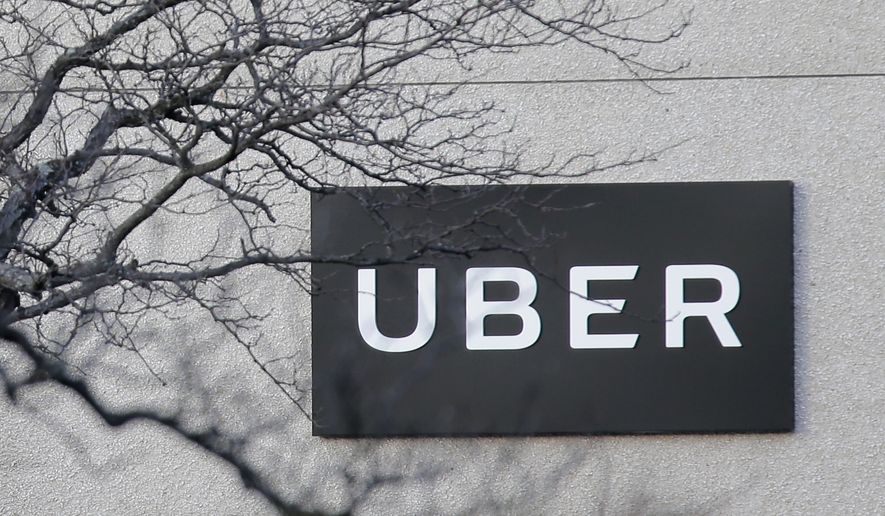OPINION:
More and more American tech companies are setting up shop in Canada. Toronto, for instance, is beating out cities like San Francisco and New York as the fastest-growing tech hub in North America.
Microsoft and Uber, among other tech companies, have opened new Canadian research labs devoted to artificial intelligence (AI) and big data, creating thousands of new jobs in the process and positioning their local populations to reap the most benefits of new and transformative innovations.
One reason behind the country’s tech boom is that the Canadian government has been luring U.S. foreign tech workers who are understandably frustrated with America’s immigration policies.
The nation has been cleverly running advertising campaigns in places like Silicon Valley, touting its streamlined immigration system for skilled workers. By comparison to ours, Canada’s process certainly is streamlined: It allows those workers to be hired by businesses in a mere matter of weeks and the chance for them to earn permanent residency after just a year of employment.
It has especially been successful at attracting tech workers from India, who are literally waiting decades to receive their American green cards. Indian professionals are seizing these opportunities — and why shouldn’t they?
For years, they’ve been migrating to America in pursuit of prosperity for themselves and their families, and they’ve long been a mainstay of American technological innovation. In fact, Indian immigrants are responsible for almost 14 percent of America’s patents, in spite of their only accounting for 1 percent of the U.S. population.
But this is changing. From 2016 to 2019, the number of Indians who were allowed to obtain permanent residency in the United States declined by about 8 percent. On the other hand, the number of Indians who obtained permanent residency in Canada more than doubled in roughly the same time frame.
As it stands, Indians with college degrees who apply for green cards will be waiting roughly 50 years.
Why the unbelievable backlog? Well, under our current immigration system, the U.S. government can only allot 40,040 green cards annually for advanced-degree holders and 40,040 to applicants with both advanced and bachelors degrees. Each country is subject to a 7 percent limit on the total amount of green cards that can be awarded, discriminating against countries with a larger number of applicants, like India. This policy has left roughly 600,000 Indians and their families in limbo, waiting for permanent residency.
Many of these people are already in the United States, employed under the H-1B visa, which tech companies often use to employ highly-skilled workers. The visa was initially meant to last no longer than six years. However, Congress modified the program in 2000 so that H-1B workers could have their status extended for themselves and their families each year as they wait in line for their green cards.
This change helped thousands of Indian H-1B holders remain in the United States, but simply turning the program into a waiting room is an unacceptable long-term solution for Indian workers and their families. When the children of H-1B holders turn 21, their legal status expires and they’re compelled to return to a country they barely remember.
Rather than proposing solutions to these long-standing problems, the Trump administration is actively making the American Dream even less accessible to Indian families by adding more layers of red tape. Spouses of H-1B holders, for example, now face the uncertainty of having their ability to work revoked under the president’s new regulatory agenda, throwing a wrench into the long-term plans of many H-1B families.
Making matters even worse, the Trump administration has quadrupled rejection rates of H-1B extensions from 3 percent to 12 percent between fiscal years 2015 and 2019. These denials are likely to be frivolous, as courts have overturned them at record rates — from 3 percent in 2017 to 15 percent in 2018.
These favorable rulings, however, can’t undo the time and cost that these initial rejections impose on Indian workers, who now have to fight every year just to remain in the country. These burdens also carry over to businesses that are already paying billions more in H-1B premium processing fees to cut through the backlog-ridden process. Even then, the shortest processing time for skilled guest workers in the United States still takes 33 weeks. In Canada, it takes less than three weeks, at a fraction of the cost.
No wonder America’s foreign professionals are heading for the border. Instead of preventing them from coming in with a wall of new regulations, President Trump should work with Congress to construct an immigration system that gives all hard-working people a shot at the American Dream.
• Sam Peak is a tech and innovation fellow for Young Voices and a policy associate at Americans for Prosperity. The views expressed in this column don’t necessarily reflect those of the organizations with which the author is affiliated.




Please read our comment policy before commenting.